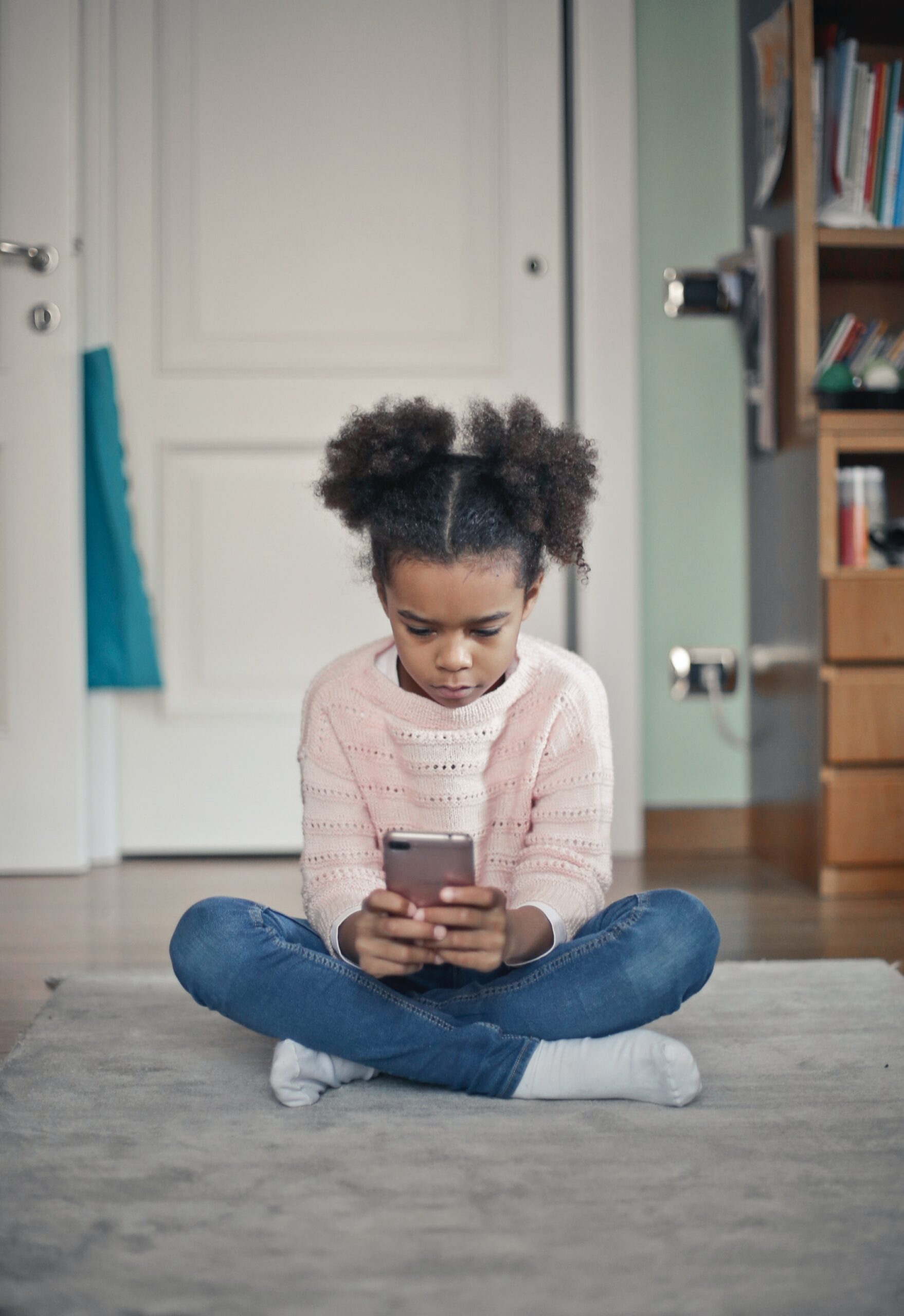Social Media and Our Youth
The Negative Impacts it has
Author: Dr. Julie. Sorenson, DMFT, MA, LPC
Suicide Content
This article discusses topics related to suicide.
If you or someone you know has thoughts of suicide, contact your local therapist or the National Suicide Prevention Lifeline at 988, 1800-273-8255 in Spanish at 18886289454, for people deaf or hard of hearing 1-800-799-4889 or text the Crisis Text line at HOME to 741741
Technology Has Changed Our World
Our world changed significantly in 2003 when Myspace first launched, followed by Facebook in 2004 and 2007, the debut of the iPhone. Children live in an instant gratification world. Gone are the days when they had to go to the library to get information or ride their bikes to see where all their friends were. Millennials, Gen Z, and Gen Alpha have grown up with technology at their fingertips. Social media and living through the pandemic have disrupted our society and made a disturbing impact on young people.
Youth Mental Health
Suicide is the second leading cause of death in our youth. Studies show that 47% of the LGBTQ+ community contemplate suicide (Chattergee, 2022). The CDC shows that the decline of youth mental health has accelerated (CDC, 2023). The good news is that there are possibilities for improvement by creating space for youth to connect with other people and find safe people at school to go to when they feel like they need to talk to someone.
The CDC reports that mental health in youth was going in the wrong direction. There were increased sadness, loneliness, and hopelessness reports (CDC, 2023). While students were all impacted by the pandemic, not all were impacted the same. However, as a society, we can assist in reversing our youth's feelings of sadness, loneliness, and hopelessness by providing them with opportunities for counseling services, listening to what they need, offering them a safe space to talk, and finding activities that interest them to provide social stimulation. Research suggests that youth who feel connected to their peers at school and believe people care about them show higher academic and social success. When youth feel more connected, they are less likely to participate in risky behaviors. Schools can assist youth in feeling more connected by eliminating bullying and ensuring that everyone feels safe and supported at school (CDC, 2023).
Social Media Platforms
Social media and streaming video platforms, such as Tik Tok, Instagram, Snapchat, Netflix, and YouTube, influence adolescents' exposure to suicide (McKenzie et al., 2021). Controversial shows, like 13 Reasons Why (Golin, 2017-2020), have portrayed suicide in detail, showing methods and means and making suicide seem appealing to today's youth (McKenzie et al., 2021). Repeated and glorified suicide ideology and methods can lead to contagion when adolescents regularly watch or read suicide content on streaming services or social media platforms, and the social media habit can desensitize adolescents about suicide (McKenzie et al., 2021). Additionally, if youth resonate with a character from a show who has died by suicide, the connection to that character could increase the risk of suicide if the youth views that character as a role model (McKenzie et al., 2021). Finally, McKensie et al. (2021) suggest that youth engagement in some social media platforms or news that regularly focuses on suicide stories can increase youth suicide rates (McKenzie et al., 2021).
Advisory by The Surgeon General
On May 23, 2023, The Surgeon General issued a Social Media and Youth Mental Health advisory. Undoubtedly, social media can allow youth to connect with their friends. Research has also indicated the potential harm it can cause to youth mental health. While every family needs to determine what best works for their family when determining which social media platform their children are allowed to use, it is suggested that parents monitor the use of their child/children's use. 95% of young people report they are almost constantly on their devices looking at social media (CDC, 2023). Our brains do not fully develop until around the age of 25. Adolescent brain development could be more vulnerable than ever before because of the harm that social media can do (CDC,2023).
What Parents Can Do
Parents often ask if social media is safe for kids. The answer is that we need more evidence to say it is safe or unsafe. When faced with this question in my office, I, as a therapist, recommend monitoring your child's phone, talking to them about controversial topics, checking in with them, watching for behaviors of isolation, placing time limits, and having a universal area at night to charge the phones. Many children are sleep deprived and not getting to school on time, if at all, because they may have been up late on their phones, or they are not getting enough REM sleep because their phones are constantly alerting them about something throughout the night (CDC, 2023). Children are exposed to content that may not be age-appropriate, violent, or sexual. They could be bullied or harassed. Parents can determine if the content their child is viewing is appropriate and can put parental controls on phones and devices to block inappropriate content. Protect young eyes is an excellent resource for parents to understand the latest in social media and how to decrease or eliminate usage. Your phone carriers can also assist in providing information on parental controls.
Remember, everything in moderation can be okay, but constant usage can become harmful. Parents can watch to determine if their child's phone use distracts and disrupts daily activities, social events, sports, and time spent with family. All children respond differently to social media, and there could be positive benefits that social media provide if appropriately used and monitored. Such benefits of social media include.
- Feeling more included and accepted
- Having people that support them through difficult times.
- An opportunity to be creative.
- More connected to friends and families near and far
According to the CDC, some elements can be problematic. Some of these areas of concern are but are not limited too.
- Body image
- Anxiety
- Depression
- Comparing self to others
- Other people's lives look more exciting.
- Eating disorders
- Low Self Esteem
- Addiction to Social Media
- Hate-based Content.
- Disturbing Content
- Sleep disruptions
Parents can create family rules and make plans for social media in their homes. Have a family meeting to determine what works best and establish rules that create safety and security for your child.
- Zones where technology can be used.
- Educate children on responsible online behavior.
- Model the behaviors expected of your children.
- Monitor your child's devices.
- Have a universal charging station at night.
- Keep yourselves educated on new social media platforms.
- Have parenting restrictions set up through your carrier.
- Discuss concerns.
- Ensure your child is getting enough exercise and social interactions.
- Educate your child on how to block unwanted content.
- Educate your child on sharing personal information.
- Educate your child what to do if they are being bullied or harassed.
Social media can be an essential tool if used correctly. Parents are influential in keeping their children safe. Our youth do not know a world without technology. Our adults' job is to teach them proper usage and safety to assist with happier and healthier lives. If you are struggling with making healthy boundaries for your children related to technology and social media, contact a local therapist, they are here to provide tools to assist you.
References
Center for Disease Control and Prevention (2023). CDC Report On Teen Mental Health Is A Red Alert Washington Post
Golin, S., Gomez, S., Laiblin., K., Matyka, M., McCarthy, T., Son, D., Sugar, M., Teefey, M., & Wettels, J. (Executive Producers). (2017-2020). 13 reasons why [TV series]. July Moon
Productions, Kicked to the Curb Productions, That Kid Ed Productions, Anonymous
Content, Paramount Television Studios.
McKenzie, S. K., Jenkin, G., Steers, D., Magill, R., & Collings, S. (2021). Young people's perspectives and understanding of the suicide story in 13 Reasons Why: A qualitative study. Crisis: The Journal of Crisis Intervention and Suicide Prevention, 42(1), 64–70. https://doi.org/10.1027/0227-5910/a000688


